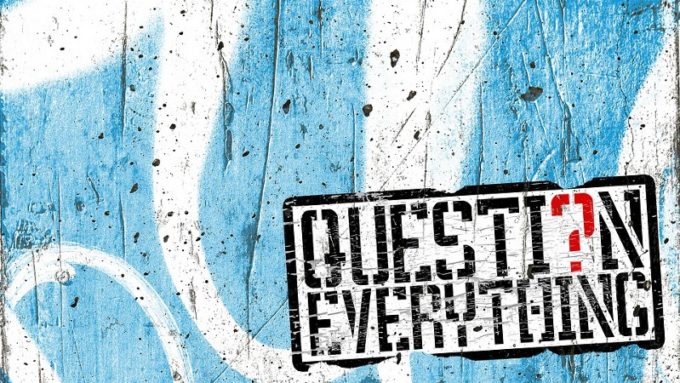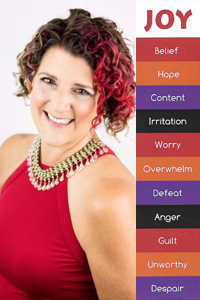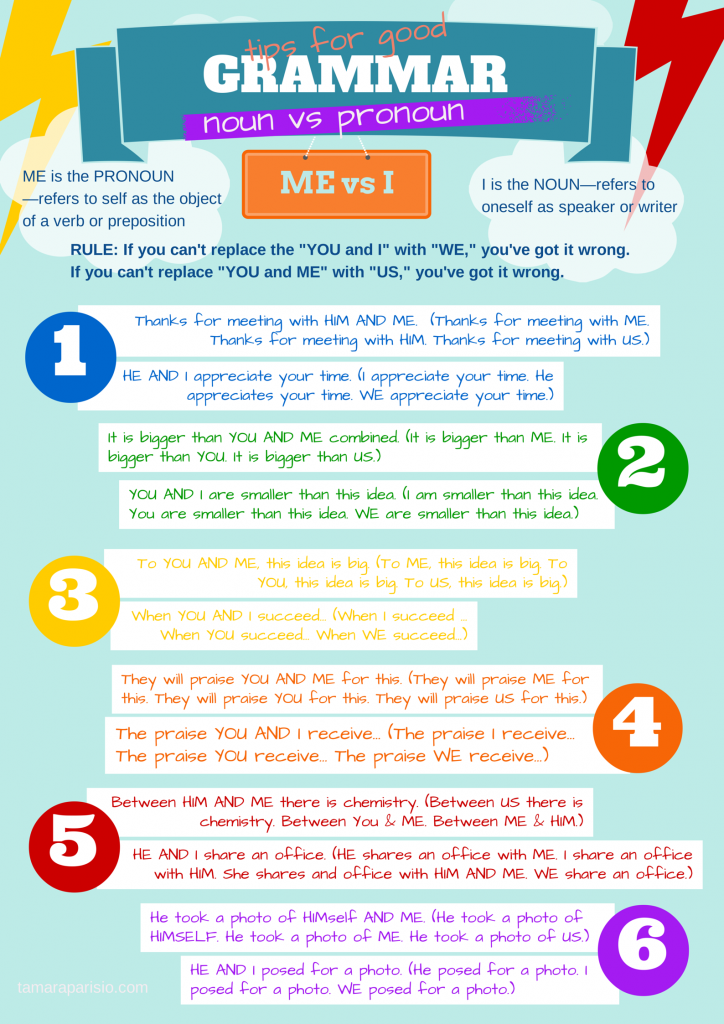As a business professional, you understand the importance of generating revenue and increasing profits. One of the key ways to achieve these goals is through effective marketing. Many people think of marketing as a separate entity from sales, but in reality, marketing plays a crucial role in supporting and driving sales.
When it comes to building a successful business, marketing and sales go hand in hand. Marketing sets the stage by creating awareness, building interest, and generating leads. Sales then takes over by closing the deal and turning leads into customers. But it’s not as simple as just having a sales team in place. Without effective marketing, the sales team may struggle to find and engage with potential customers.
The purpose of marketing is to attract and engage with potential customers, and ultimately drive sales. This is done through a variety of tactics such as advertising, social media, content marketing, and public relations. By creating a strong brand and consistent messaging, marketing helps to establish trust and credibility with potential customers. This sets the stage for the sales team to come in and close the deal.
One of the most important things to remember when it comes to marketing is that it’s not just about creating pretty ads or catchy slogans. It’s about understanding your target audience and tailoring your message to speak directly to their needs and pain points. By doing this, you can increase the chances of turning leads into customers.
Another important aspect of marketing is measuring and analyzing the results of your efforts. This allows you to see what’s working and what’s not, and make adjustments as needed. By constantly testing and optimizing your marketing strategies, you can continuously improve your results and drive more sales.
Marketing also addresses product development. By understanding the needs and pain points of your target audience, you can design a product or service that meets those needs better than any alternative. This is a pivotal facet of marketing as it ensures that your offer is aligned with the needs of your customer and is more likely to be successful in the market. Additionally, the process of creating a compelling solution for your target audience can also help to inform and guide other aspects of your marketing strategy such as messaging, positioning and pricing.
Marketing makes money. Or it fails. In short, marketing and sales are two sides of the same coin. Without effective marketing, the sales team may struggle to find and engage with potential customers. By understanding your target audience and tailoring your message to speak directly to their needs and pain points, you can increase the chances of turning leads into customers. And by measuring and analyzing your results, you can continually improve your efforts and drive more sales.
As a strategic director, fractional CMO, business consultant, or hired gun, my job is to help you win by making you more money. And one of the best ways to do that is through effective marketing that supports and drives sales. So, let’s put the ball in play and get in the game. Together, we can make you rich while enriching the lives of those you serve.










